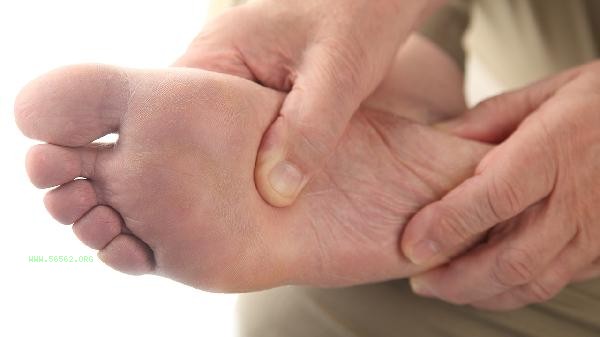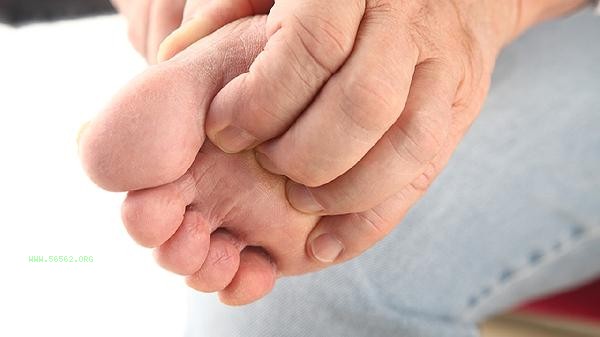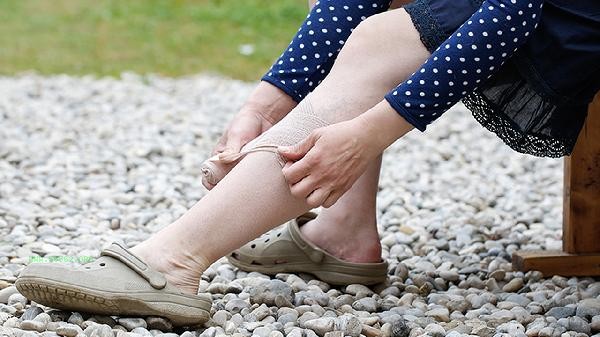Grinding on the back of boots can be alleviated by softening the leather, using anti abrasion patches, adjusting the wearing method, choosing suitable socks, and applying local cold compress. Grinding feet is usually caused by the hardness of the new shoe material, mismatched shoe shape, or improper walking posture. Timely treatment can avoid skin damage.

1. Softening Leather
When the leather of new boots is hard, you can soak a cotton cloth in white vinegar or alcohol and apply it to the foot area, keeping it for 12 hours to soften the leather. You can also apply specialized leather softener and repeatedly rub the inner side of the heel of the shoe to accelerate the softening of the material. The processed boots should be naturally dried in the shade to avoid leather deformation caused by exposure to sunlight.
2. Use anti abrasion tape
to stick silicone anti abrasion tape or medical dressing on the inner side of the heel of the shoe, which can effectively isolate direct friction between the skin and leather. Choosing ultra-thin anti-wear patches is less likely to affect the appearance of wearing, while sporty anti-wear patches have stronger cushioning. It is recommended to carry spare anti-wear patches with you and replace them promptly if your skin turns red.
3. Adjusting Wearing Method
When wearing high boots for the first time, the boot can be folded down to reduce the friction area between the heel and the shoe opening. Lace up boots can change the heel fit by adjusting the elasticity of the shoelaces, while zipper styles are recommended to wear thick socks to stretch the boot shape first. Maintain a stable center of gravity while walking and avoid frequent sliding and friction of the heel.

4. Choose suitable socks
Wearing moisture wicking cotton mid tube socks can reduce friction coefficient, while sports socks with thickened heels provide additional protection. Avoid wearing stockings or thin boat socks. You can try applying adhesive tape to easily worn areas before wearing socks. Wool socks can be chosen for warmth and wear resistance in winter, while breathable mesh socks are recommended for summer.
5. Local cold compress
If redness, swelling, and pain occur, immediately wrap a towel in an ice pack and apply cold compress for 15 minutes to relieve inflammation. When the skin is not damaged, aloe vera gel can be applied to soothe it. After the skin is broken, iodine should be used to disinfect and keep the wound dry. Severe blisters need to be punctured with disinfectant needles to preserve the epidermis and covered with sterile dressings to prevent infection.

Daily attention should be paid to choosing boots that conform to the arch curve of the foot, and when purchasing, try on and walk around to confirm that the heel is not slipping. The first wearing time of new shoes should not exceed 2 hours, and thick towel socks can be worn at home for pre wear. Regularly use shoe supports to maintain shoe shape, and apply maintenance oil to leather boots every quarter to maintain elasticity. If the same part of the foot is repeatedly worn, it is recommended to check the gait or consider customizing insoles to adjust the force distribution. Develop the habit of applying foot cream after soaking your feet to enhance the skin's resistance to friction.








Comments (0)
Leave a Comment
No comments yet
Be the first to share your thoughts!